

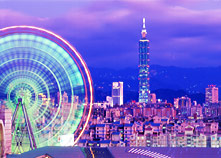 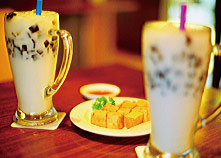 |
Weather Taipei enjoys a subtropical climate with warm weather all year round. Taipei is extremely suitable for traveling, as the annual average temperature is a comfortable 22 degrees Celsius with lowest temperatures ranging from 12 to 17 degrees Celsius (54-63 Fahrenheit). It will be around 18 degree Celsius in November. Gourmet Paradise Taipei is a diner's paradise, a place where the smell of food emanates from every street corner, and the food here is excellent. From international cuisines to local dishes, the menus will have you coming back for more. In the city itself, there are many popular international eateries featuring Chinese, Thai, Japanese, Indian and Western cuisine with good service and moderate prices. |
Mass Rapid Transit System (MRTS)
The MRT runs from 6 am to 12 midnight seven days a week. Smoking, eating, drinking or gum chewing are strictly prohibited on all MRT trains. In addition, the use of cellular phones is prohibited in the first and the last car of each train.  |
Taiwan is the repository of captivating natural sceneries, such as the awe-inspiring Taroko Gorge, National Palace Museum, the tallest building of Taiwan - Taipei 101, and the highest mountain in the Northeast Asia - Yushan (Jade Mountain). Taiwan is also a paradise for gourmets to taste the varied delicate and delicious cuisines, such as local Taiwanese snacks, Hakka dishes, Chinese cuisines, and unique aboriginal foods. Gourmets may try the foods with local flavors in the night markets, and have exquisite dining in five-star hotels. Taiwan is absolutely a place that tourists may not want to miss.
 Taipei 101, with a mass of shops on the lower floors, incorporate many top brands under the LVMH group, such as Louis Vuitton, Dior, Celine, etc. The fourth floor houses the Page One bookstore from Singapore, with the highest-roofed coffee house in Taipei and many fine restaurants. www.taipei-101.com.tw/en/index.aspx |
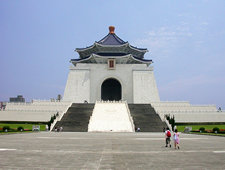 |
The National Palace Museum houses the world's largest collection of priceless Chinese art treasures, one which spans China's nearly 5,000-year history. Most of the museum's 620,000 art objects were part of the Chinese imperial collection, which began over 1,000 years ago in the early Sung dynasty. National Palace Museum is protecting and preserving the 5000-year cultural legacy of China with advanced technologies; cooperating with private connoisseurs and ushering in exhibitions from China; bringing the Museum's collection to the global community and welcoming arts of the world to the Museum. www.npm.gov.tw/en/ |
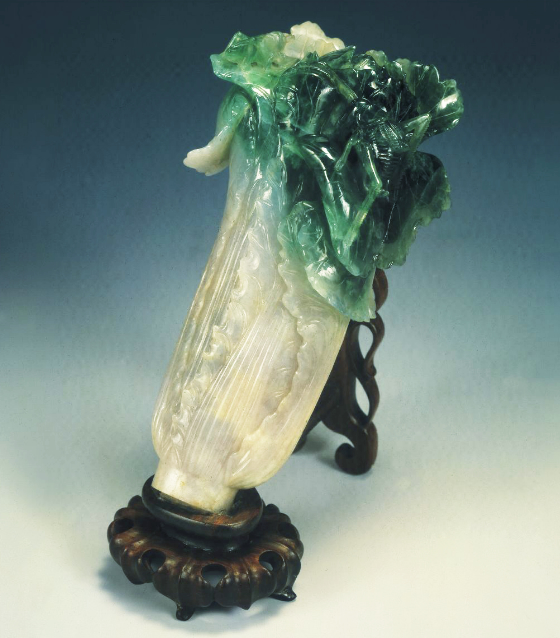 |
By day, the Xinyi District bustles with the fast-paced energy of business as Taipei's commercial and financial center. At night, the skyscrapers come alight with eye-catching displays of LED lights, setting the mood for evening fun. On weekends, the Xinyi District transforms again as outdoor stages and squares come alive with concerts, dance performances, record release events, and celebrity appearances, making this the place where you can experience the youthful energy of Taipei. |
Longshan (lungshan) Temple is a famous old temple in Taiwan. It is for worshiping Guanshiyin Budda and other divine spirits. Longshan (lungshan) Temple is facing the South. Its architecture is a three-section design in shape. There are the front hall, the rear hall and the right/left dragons protecting the middle hall. The layout is square and serene. The temple was built in Qianlong 5th year in Qing Dynasty. Due to natural disaster and damages caused by men, the temple was restored for several times. The doors, beams, and poles are beautifully decorated. There is a pair of bronze dragon poles in the front hall, four pairs of dragon poles in the middle hall. The sculptures are delicate. There are also exquisite wood sculptures. Among them, the well and Budda setting in the main hall are highly appreciated. The temple has many Chinese poems, verses and lyrics on signs. These add a touch of literature in addition to the religious and sightseeing value. There are great decorative lamp fairs and temple activities on historical festivals. On each 1st and 15th day each month of lunar year, regular visitors will come to the temple for worship ceremony. The temple attracts many people. At normal times, there are domestic/foreign tourists visiting the temple. Longshan (lungshan) Temple is not only a temple, a sightseeing attraction, but also a second-degree historical site. There are traditional streets/shops, antique shops, Buddhists article shops, and Chinese medicine shops surrounding the temple. These places are great to visit due to their richness in folk art. www.lungshan.org.tw/en/index.php |
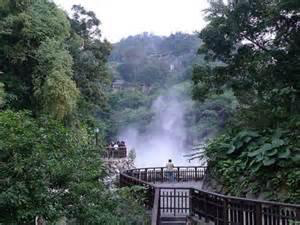 |
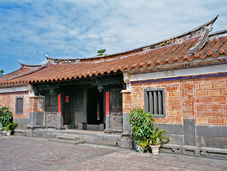 |
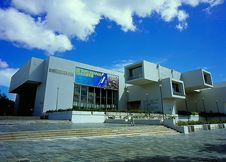 |